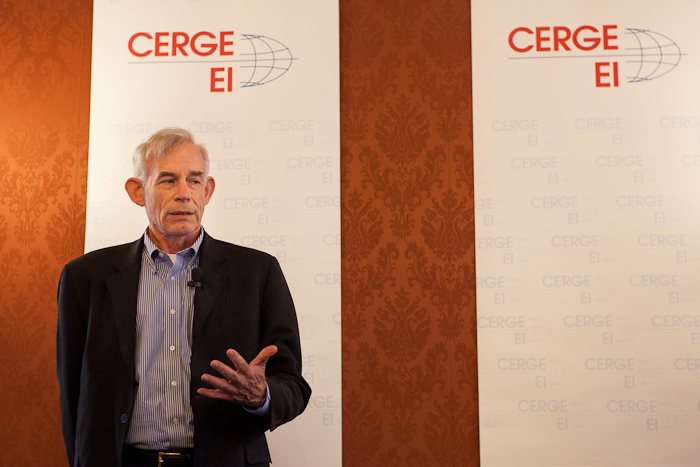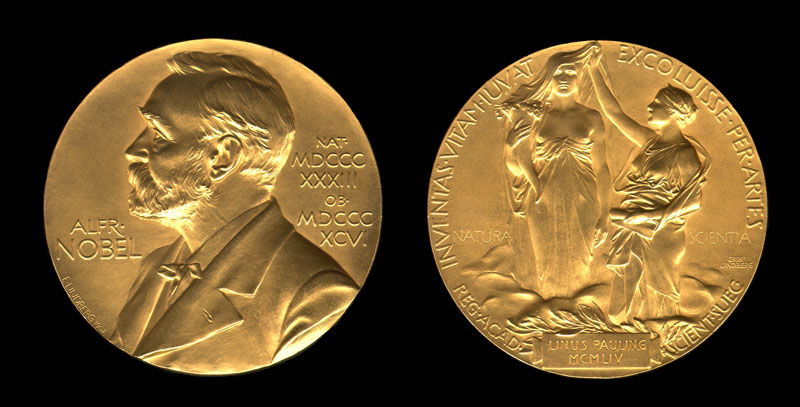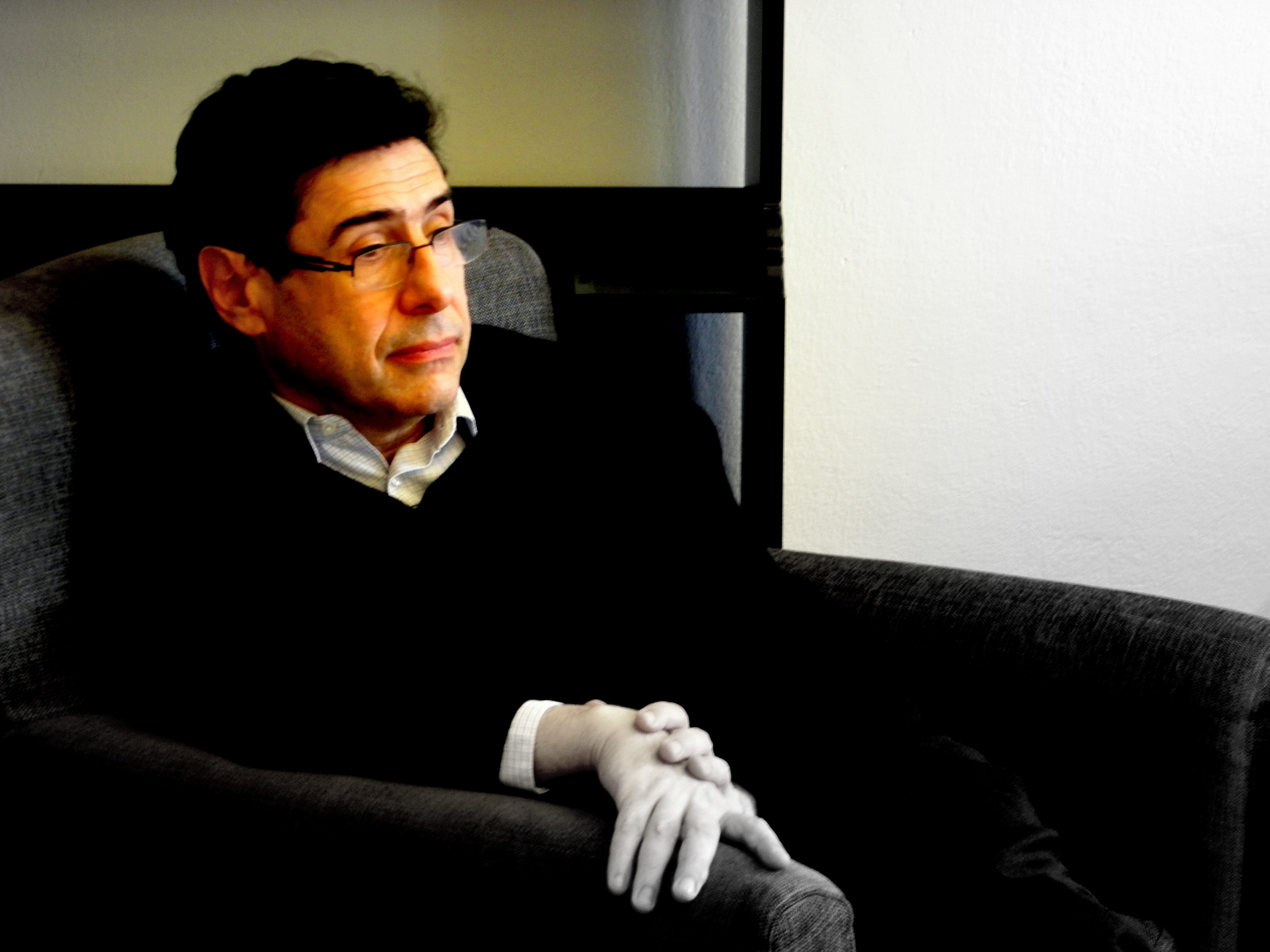httpv://www.youtube.com/watch?v=bErO0-ujMQg
Fall semester in CERGE –EI was full of interesting events for researchers and students. One of the most memorable is surely the Market Design Conference in October, and in particular the visit of Professor Paul Milgrom from Stanford University.
While serving as a professor in Yale and Northwestern Universities, Paul Milgrom received wide recognition for his revolutionary innovations in practical market design. Currently Dr. Milgrom holds a position as the Shirley and Leonard Ely Professor of Humanities and Sciences in the Department of Economics at Stanford University.
Professor MIlgrom is widely recognized by economists to be the father of the celebrated “linkage principle,” which is extensively used as a valuable strategic tool in market design, particularly multi-unit auctions and procurement. One of Milgrom’s stellar academic contributions was in designing and conducting the first spectrum auctions for US Federal Communication Commission (FCC), which allowed the government to raise enormous amounts of money for spectrum licenses. Modifications of Milgroms’ auction rules for spectrums have been employed all over the world, and now most spectrum licenses are sold through these types of auctions.
At the conference at CERGE-EI, Professor Milgrom gave a public lecture about his recent work for the FCC on the ‘Incentive Auction in the US’. In particular, these types of auctions serve to redistribute efficiently existing 3G licenses. The main challenge in this type of market situation is to achieve satisfaction from both sides: consumers and suppliers (license holders) of 3G services.
During his lecture, Professor Milgrom discussed all possible drawbacks of the ongoing redistribution of the licenses, and showed that one can overcome existing problems by applying “incentive auction” rules. The main intuition is that smaller licenses will be redistributed to bigger providers and hence bigger providers will receive more market power and they will be willing to pay for these licenses. Incentive auction rules develop a unique efficient matching mechanism where first the FCC buys broadcast licenses from providers, and then it repackages them in an efficient way and sells them through the auction again.
The most fascinating thing for CERGE-EI students was to see an immediate application of the economic theory into practice. Professor Milgrom’s presentation motivated a great deal of discussion on further improvements and modifications on the incentive auction rules. After the lecture, Milgrom kindly agreed to a brief interview, which you can see on our Youtube page. From our side, we want to sincerely thank professor Milgrom for his participation in the conference and his openness to discussing new ideas from CERGE-EI students!
Author: Oksana Oryshchyn











